Corporate data: All roads lead to the digitalization
There is no exaggeration in saying that digitalization revolutionizes company`s operations and the future of reporting. The pandemic made the connection between the digital technologies and processes in company law more important than ever.
Digital tools and data standards like XBRL and iXBRL are coming together to reshape data reporting, quality and comparability and to improve the communication between data filers and data users (business registries financial sector regulators, investors).
Trusted means competitive
The European Union is on the path of digitising company laws and corporate data flows, pursuing coordinated initiatives to strengthen capital markets’ union. The initiatives are to improve accessibility of data and leverage the value of comparable and standardised data for market participants, including investors seeking investment opportunities and companies seeking growth opportunities across EU borders.
The accessible, transparent and comparable data landscape will translate into benefits in the region’s competitiveness and innovation. The legal environment and business rules adapted to the challenges of a digitalized world is crucial to support these goals. Therefore, the European Commission launched its new Company Law Package.
Simply put, the EU company law initiative aims to:
- improve transparency on EU companies by making more information available on a cross-border basis
- enable the cross-border use of trustworthy company data
- further modernise EU company law rules to make them fit for the digital age.
Consequently, digital reporting enters the picture as a key enabler of greater business transparency.
European Commission outlines the positive impacts of the introduction of digital reporting in a range of jurisdictions. These positive impacts are seen among others in lowering the cost of equity capital and stock liquidity, greater access to bank funding, the timeliness of audit reports, and reduced audit fees.
To increase the transparency of information the EU has already made substantial steps in digital reporting by introducing the Inline XBRL-based European Single Electronic Format (ESEF). It started to operate from 2020 and the first experience of countries is shared below.
ESAP is the next game changer. Past year the European Commission adopted a legislative proposal on the European Single Access Point (ESAP) which is set to go live in 2024.
ESAP is likely to extend the application of ESEF to non-financial information. It will offer easy, centralised and digital access to companies’ financial and sustainability-related information about EU companies. No wonder market players have already hailed it as a long waited “one-stop shop” function to EU companies and investors.
If you would like to learn more about our contribution this and similar projects focused on data standardisation and digitisation, get in touch with our experts – contact us.
Meet us also at the CRF Annual Conference which will be held by Corporate Registers Forum 2022 in Maldives, from September 21 – 24. The transformation of access to corporate data and the future of digital and interoperable business registries will be among the topics presented.
See the agenda to explore what CRF Conference has to offer this year.
Era of intelligent reporting
In the world of digital reporting the formats like XBRL are highlighted as the most appropriate to standardise and automate data reporting, for efficiency in compliance checks and data analysis. In Europe, for the European Single Electronic Format (ESEF) the Inline XBLR (iXBRL) has been chosen in as single electronic format to be used for reporting by listed companies.
In broad understanding, XBRL (eXtensible Business Reporting Language) is an open international standard for digital business reporting. XBRL and iXBRL are two different formats for structured, electronic business reports that meet different business requirements. Both types of report provide tagged data in the form of a set of facts. Such tags are created to provide contextual meaning for each item of business data for report sorting and analysis.
Whereas an XBRL documents provide only the tagged data, an iXBRL report is a human-readable report with tagged data embedded in it. The tagged data in an iXBRL report can be extracted and converted into an XBRL report by an iXBRL processor. At a technical level, an XBRL report is an XML document that can only be read with XBRL software. An iXBRL report is an HTML document that can be viewed directly in a web browser, as well as using XBRL software.
Find out more about advantages of XBRL to facilitate reporting of financial and non-financial information.
XBRL as single electronic format for companies: important lessons learned
2021 has seen the initial implementation of the XBRL-based European Single Electronic Format (ESEF) for financial reporting and some of the insights are already shared.
The adoption of ESEF was based on thorough analyses by European Securities and Markets Authority (ESMA), including a cost benefit analysis and roadmap to make sure that the supervisory authorities and the market are well-prepared, with appropriate legislative changes, data collection systems and reporting software. In some European countries, including among others the Nordics, mandatory ESEF reporting has been postponed by a year due to the pandemic. Meanwhile, many companies have chosen to make voluntary filings to test their processes before the transformative takeover.
Let us stop and look deeper. The most recent survey in Finland revealed that 74% of the covered issuers have already completed their ESEF projects, although the national regulator announced for a 1-year postponement:

Preparation of validated XBRL document requires use of specific tool. Another interesting statistic is that Finnish issuers are more likely to use external XBRL compliant reporting tool instead of the existing financial reporting system:

Fear of the unknown may paralyze market players. The well-thought through adoption roadmap, manuals, example of financial report in ESEF format (instance document) published by ESMA, webinars/events prepared within the framework of ESMA Meet-the-Market on ESEF are evidence of valuable educative work done to meet the stressing need of information for market engagement.
The success of well-prepared adoption roadmap and information campaigns explaining the new reporting format is clear. Comparing the surveys of 2020 and 2021, we see that Finnish companies increasingly feel that XBRL could improve reliability of financial reporting (scale 2,2 -> 2,5):
Malta has also shared its experience in implementation of the new format. Recently, Malta Financial Services Authority (MFSA) has announced that the country has concluded its first digital reporting period under the ESEF.
Even though Maltese companies are not experienced with the mandatory ESEF digital reporting, they coped with it successfully. “All listed entities which intended to submit their annual reports electronically by the end of April managed to do so successfully, the first time that this has been done in Malta,” mentioned the MFSA.
Another success story is the iXBRL program by the Companies and Intellectual Property Commission (CIPC) of South Africa. CIPC introduced digital financial reporting programme through XBRL in 2018 and became the first regulator who successfully implemented it in Africa.
In the drive for comparable, trusted, quality data, CIPC has developed a new Data Quality Management (DQM) framework intended to assist data quality checks, based on four criteria: completeness, correctness, accuracy, and consistency.
Digital reporting means better access to markets and opportunities and eases entrance to the market for new or international companies. According to the World Bank statistics, new business density in South Africa showed extensive growth in the last years:

Following this successful roll out by CIPC, other South African regulators keep investigating the application of XBRL to standardise and automate reporting and data collection, bring efficiency in supervisory data management, enhance the quality of data and make their jurisdictions aligned with international best practices.
Harness the power of going digital in reporting
Blink and you`ll miss it. One of the powers of digital reporting is that it brings more automation and traceability when data requirements are adjusted to the changing reality of the interconnected economies and more complex operations of companies in the markets. The updates of regulations, taxonomies, XBRL specifications, like XBRL 2.1, and their impacts on the data management and software used need to be well-understood and not to be overlooked in change management frameworks of regulators and companies.
Some of the more technical aspects, like the tagging process require more specific know-how. Especially so as it is the correctly chosen tags that define the quality of XBRL report. Good understanding of the reporting taxonomies and guidelines helps to guide the internal data management processes, team organisation and selection of most efficient XBRL validation tool.
XBRL goes by leaps and bounds in digitising reporting and data analysis. Technologies such as XBRL bring best results and most benefits when they are well-understood. BR-AG and our ATOME Solutions support the regulators’ and companies’ journey to digitisation of data, efficient management of regulatory updates and adoption of new taxonomies (for financial reporting, ESG reporting and more) – all in one place.

Get in touch with our experts to find out more about ATOME Solutions:



